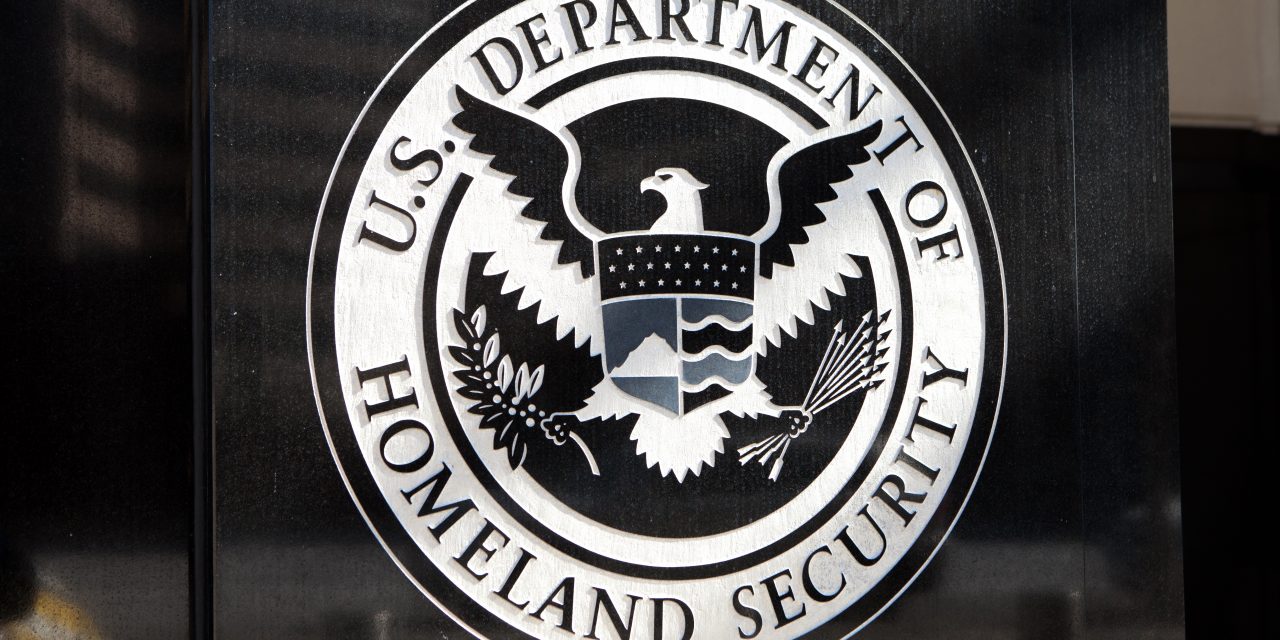The Department of Homeland Security (DHS) will finalize a new regulation on June 26 which will strip most asylum seekers of the right to seek work authorization. The rule imposes sweeping new grounds to deny asylum seekers a work permit during the multi-year process of obtaining asylum.
DHS dismissed concerns that this would force many into desperate straits. The department suggested that people seeking asylum “should become familiar with the homelessness resources provided by the state where they intend to reside.”
The new rule, which goes into effect on August 25, 2020, would block work permits for almost all asylum applicants who arrive at the U.S.-Mexico border. It bans work permits for anyone who crosses the border between ports of entry to seek asylum. This contradicts Congress, which has made clear that it is legal to seek asylum after crossing the border between ports of entry.
It does provide an exception for individuals who present themselves to a border official, request asylum within 48 hours, and can show “good cause” for not going to a port of entry. However, DHS makes these exceptions narrow. Being forced to wait for months in Mexico before receiving permission to seek asylum at a port of entry—a process known as “metering”—would not count as good cause.
Asylum seekers will now have to wait 365 days after filing an asylum application to seek a work permit. The current wait time is 180 days. The rule also strip work permits from anyone who lost their case at the Board of Immigration Appeals and wanted to appeal to a federal court. It also strips the right to work from asylum seekers convicted of a wide variety of minor crimes.
DHS has faced pushback over the increased, one-year wait time. Opponents of the rule say preventing people from legally working for over a year would cause unnecessary suffering. But again, DHS is dismissive.
The department declared that it “is confident that those [individuals] legitimately fleeing persecution will be willing to adapt to the longer wait period for employment authorization,” without explanation of how these applicants can or will “adapt” to supporting themselves without working.
DHS reasons that the new rule would remove a supposed “incentive” for asylum seekers: the ability to apply for a work permit 180 days after filing for asylum. DHS believes this leads some to submit fraudulent applications just to get work permits. These are the same arguments made in the 1990s to justify creation of the six-month waiting period in the first place.
However, in its explanation for the rule, DHS admits for the first time that it doesn’t actually collect data on how many asylum applications are frivolous or fraudulent, only data on denials versus grants.
This rule will drive most asylum seekers into desperate circumstances and force them to rely on charity and state aid (since they are not eligible for federal benefits) or work without authorization in order to survive.
But under a separate set of rules proposed by the Trump administration just two weeks earlier, any asylum seeker who work without permission would be banned from asylum if they fail to report even a penny of income to the IRS.
As a result, the new work permit rules put asylum seekers in a Catch-22. If they can’t rely on charity, they risk falling into homelessness and potential starvation to seek asylum; if they work without authorization, they risk being denied asylum.
No one should be forced into homelessness or become food insecure because they seek protection. These new rules, which are likely to be challenged in court, are yet another attempt by the Trump administration to punish asylum seekers.
FILED UNDER: Department of Homeland Security, immigrant work authorization


